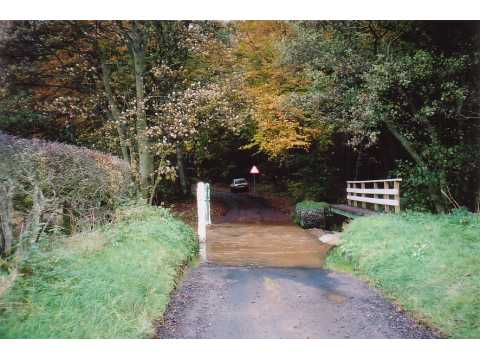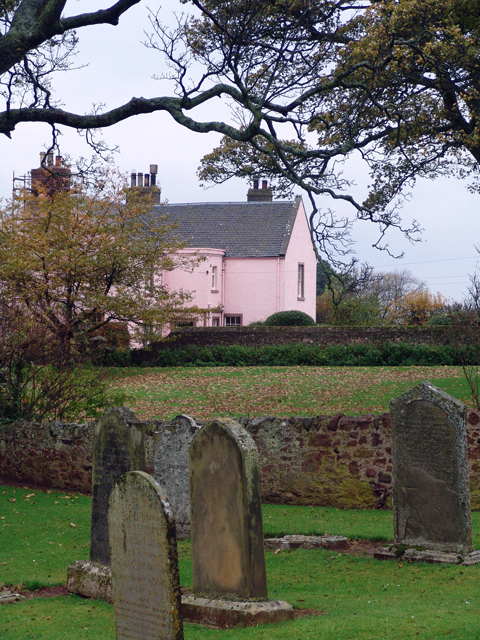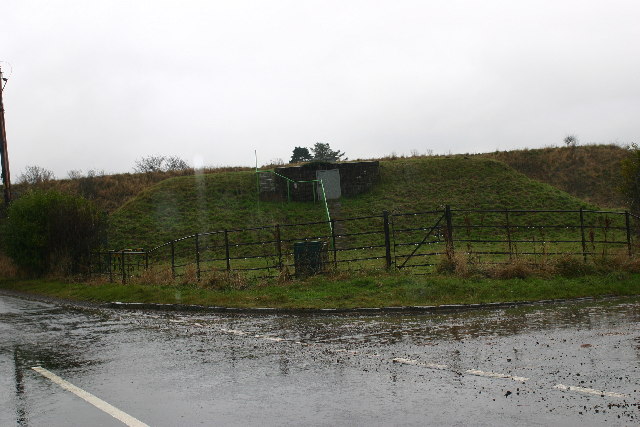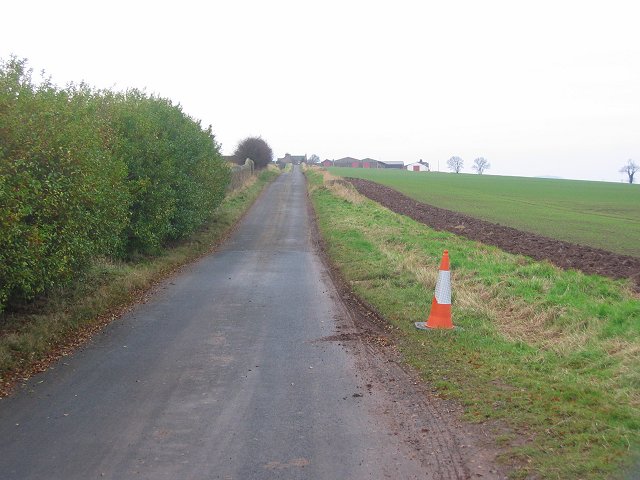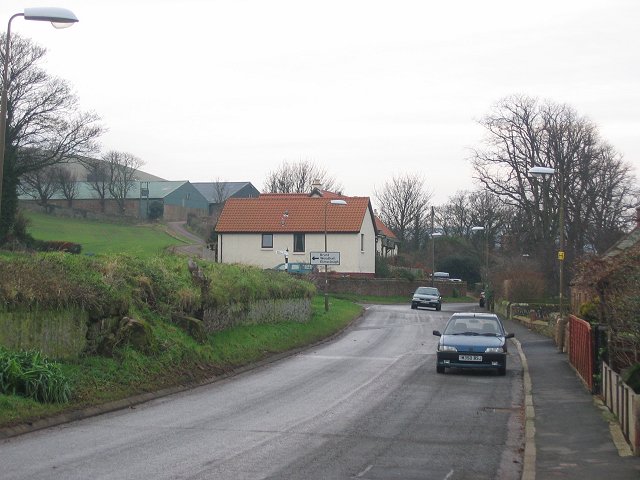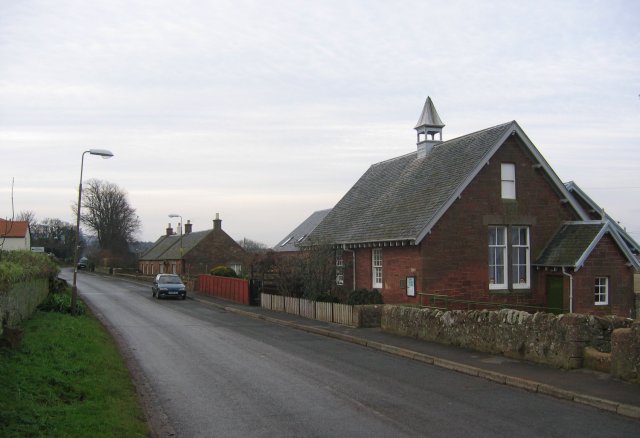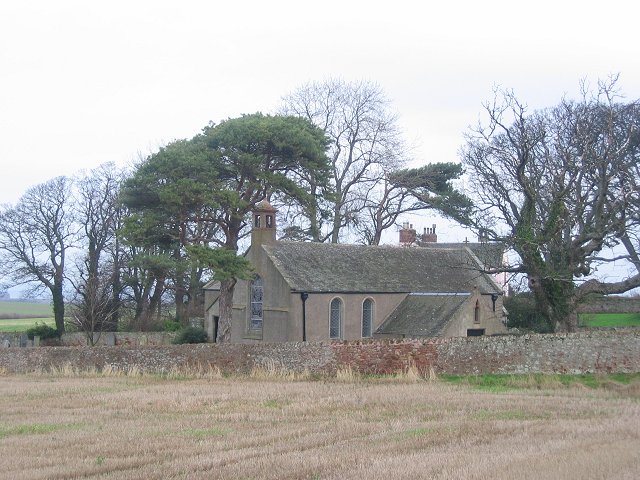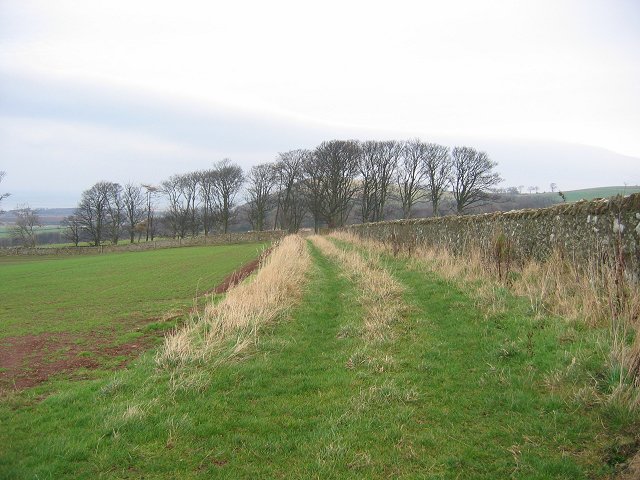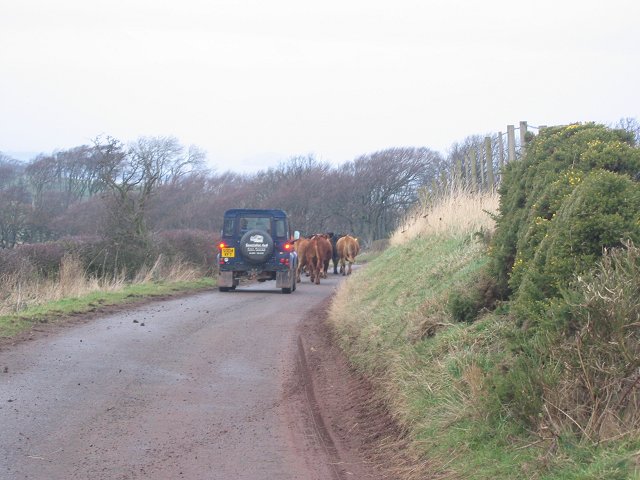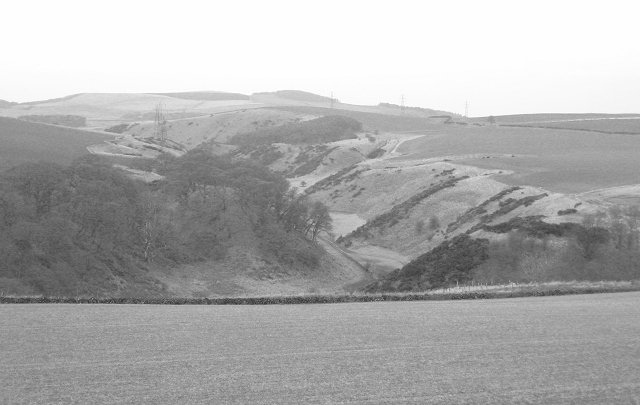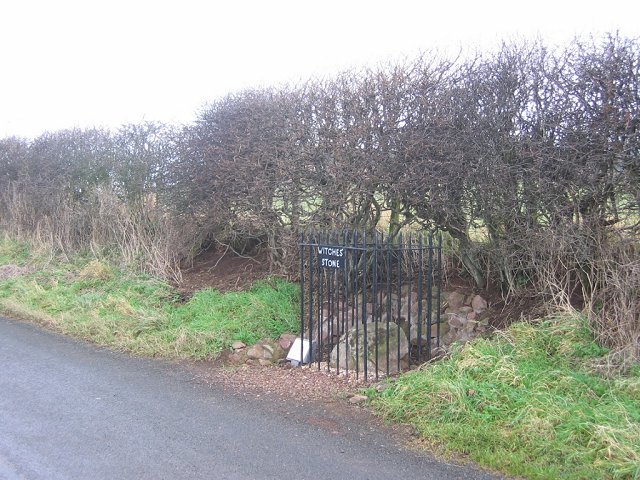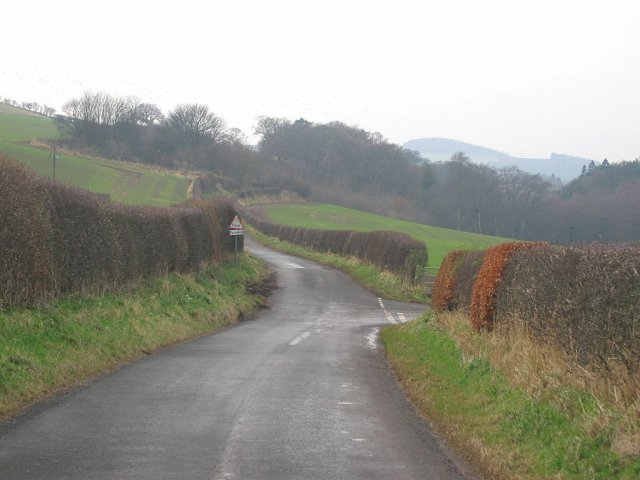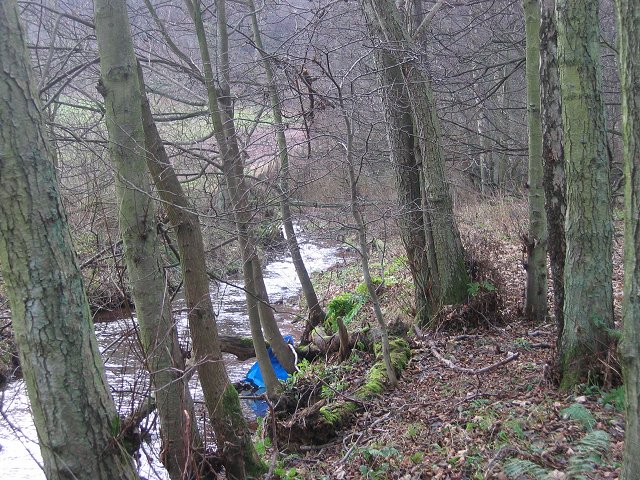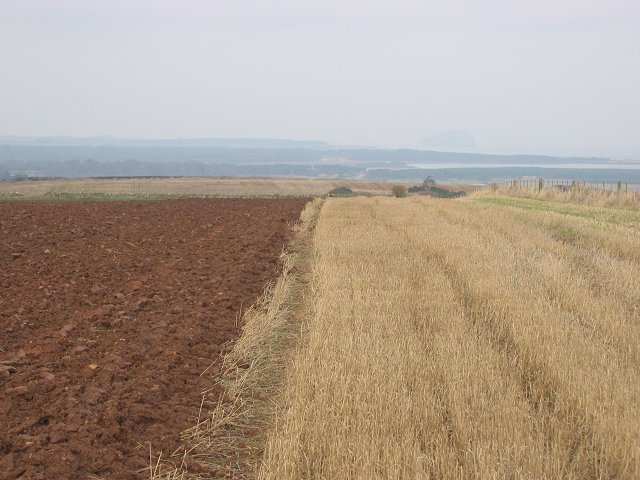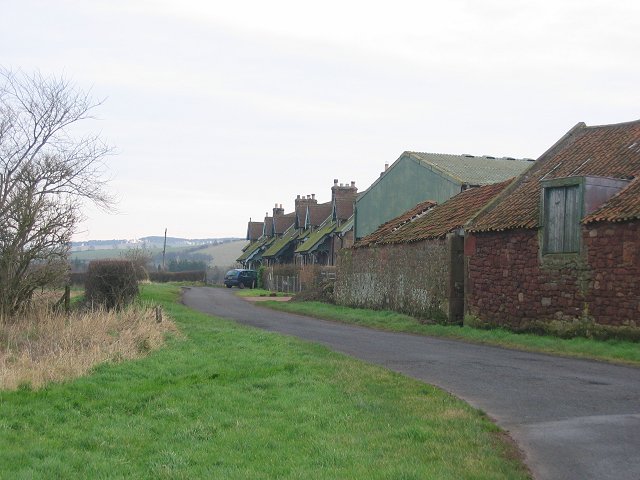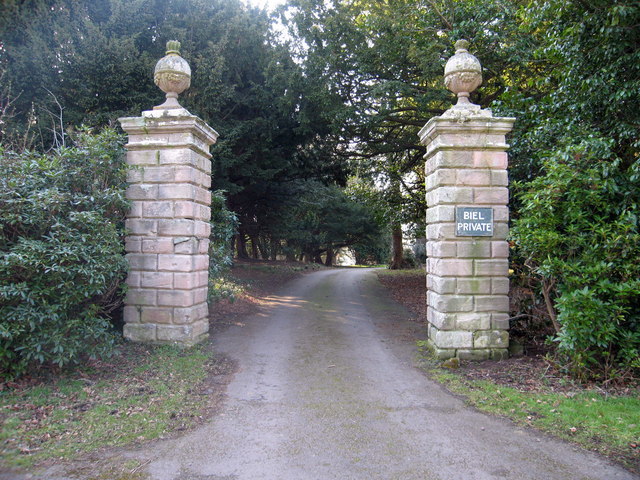Hardhead Plantation
Wood, Forest in East Lothian
Scotland
Hardhead Plantation
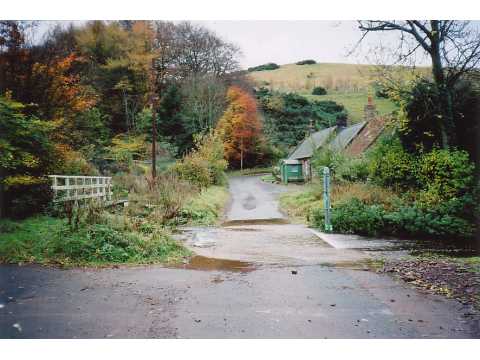
Hardhead Plantation is a picturesque woodland located in East Lothian, Scotland. Situated near the village of Gifford, it spans across an area of approximately 200 acres. The plantation is known for its dense foliage, diverse flora, and tranquil atmosphere, making it a popular destination for nature enthusiasts and hikers.
The woodland is predominantly composed of native tree species, such as oak, beech, and birch, which create a lush canopy that provides shade and shelter for various wildlife. The forest floor is carpeted with a rich assortment of mosses, ferns, and wildflowers, adding to the area's natural beauty.
Hardhead Plantation is crisscrossed by a network of well-maintained walking trails, allowing visitors to explore the woodland at their own pace. These paths meander through the trees, revealing stunning views of the surrounding countryside and offering glimpses of wildlife such as deer, foxes, and numerous bird species.
The plantation also features a small pond, enhancing its ecological diversity and attracting creatures like frogs, dragonflies, and waterfowl. Additionally, there are several picnic areas and benches strategically placed throughout the woodland, providing visitors with opportunities to relax and enjoy the serene surroundings.
Hardhead Plantation is managed by the local authorities, who strive to preserve its natural integrity while providing a welcoming environment for visitors. The woodland offers a peaceful retreat from the hustle and bustle of everyday life, with its tranquil ambiance and stunning scenery making it a must-visit destination for nature lovers in East Lothian.
If you have any feedback on the listing, please let us know in the comments section below.
Hardhead Plantation Images
Images are sourced within 2km of 55.965216/-2.5391956 or Grid Reference NT6674. Thanks to Geograph Open Source API. All images are credited.
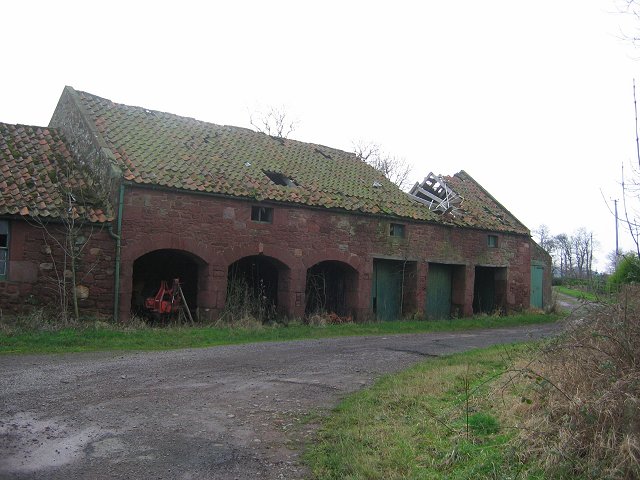
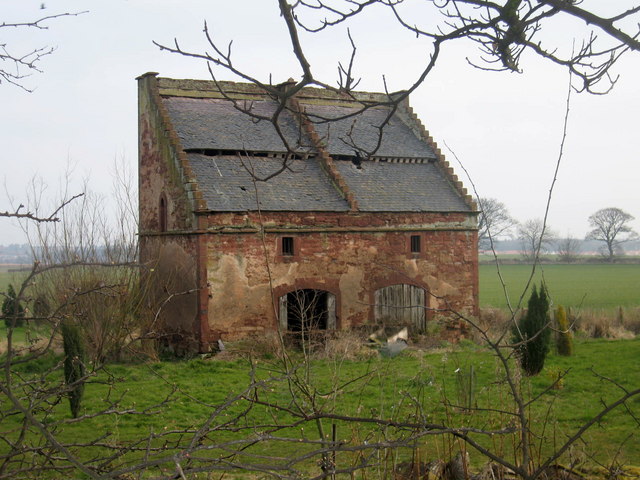
Hardhead Plantation is located at Grid Ref: NT6674 (Lat: 55.965216, Lng: -2.5391956)
Unitary Authority: East Lothian
Police Authority: The Lothians and Scottish Borders
What 3 Words
///bristle.puppy.movements. Near Dunbar, East Lothian
Nearby Locations
Related Wikis
Spott, East Lothian
Spott is a small village on the eastern fringes of East Lothian in Scotland, just over 2 miles (3.2 km) south-west of Dunbar. The village straddles an...
Battle of Dunbar (1296)
The Battle of Dunbar was the only significant field action of the campaign of 1296 during the beginning of the First War of Scottish Independence. ��2...
Biel, East Lothian
Biel is a village in East Lothian, Scotland, UK, to the south of Dunbar, off the B6370 road. It is situated on the Biel Estate, close to Biel House....
Biel House
Biel House is a historic house on the Biel Estate near Stenton, East Lothian, Scotland. It is a Category A listed building. == House == The present Biel...
Nearby Amenities
Located within 500m of 55.965216,-2.5391956Have you been to Hardhead Plantation?
Leave your review of Hardhead Plantation below (or comments, questions and feedback).
